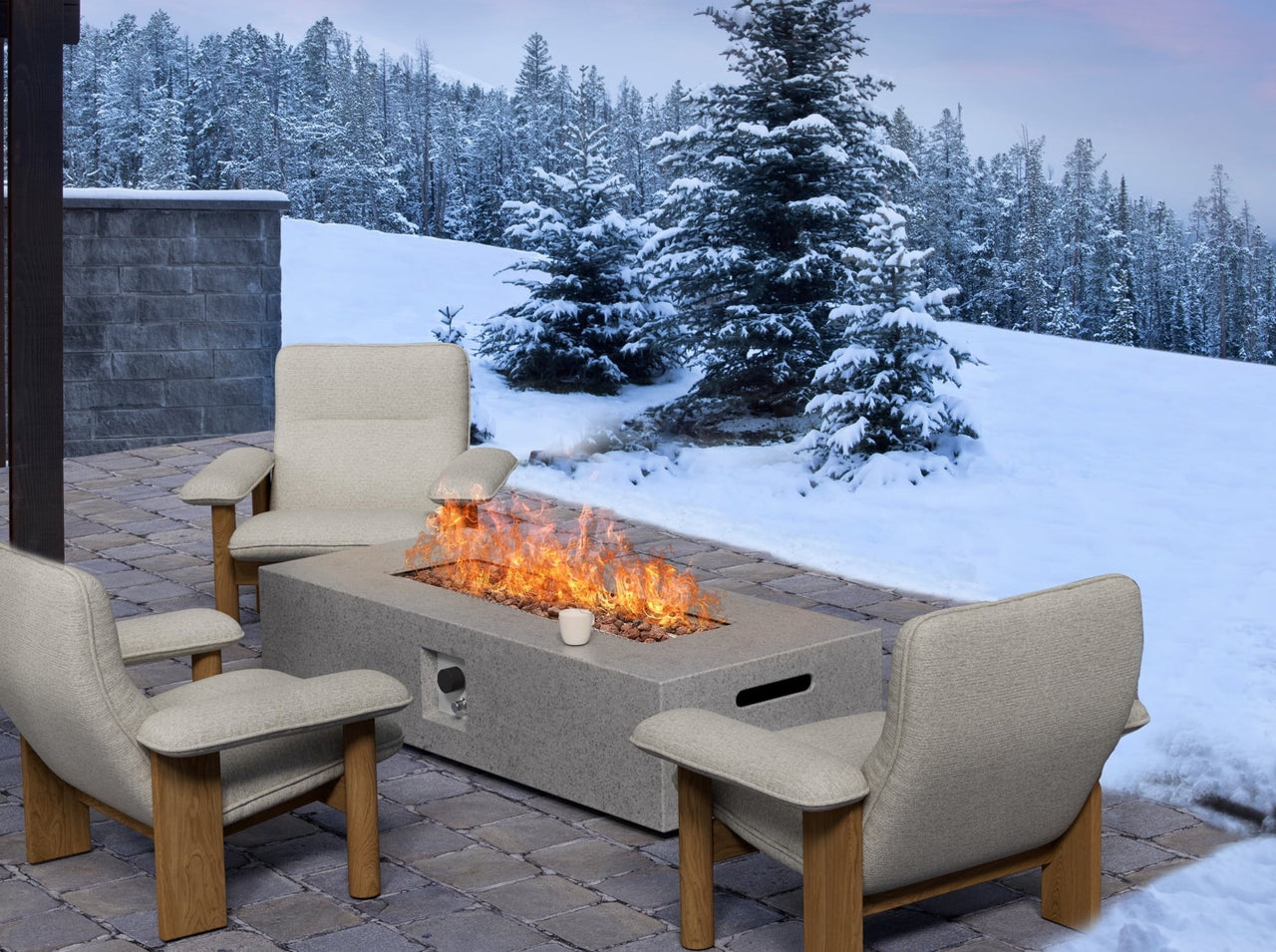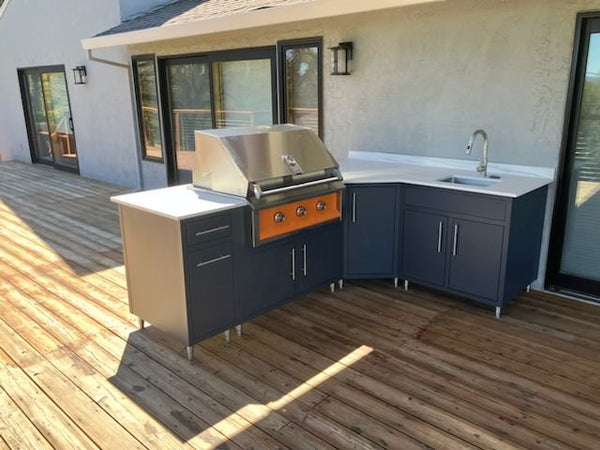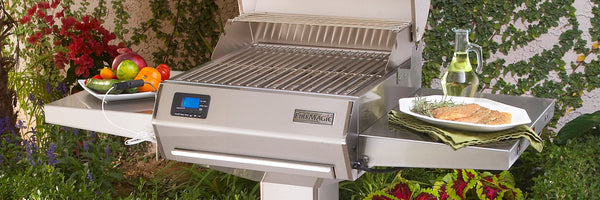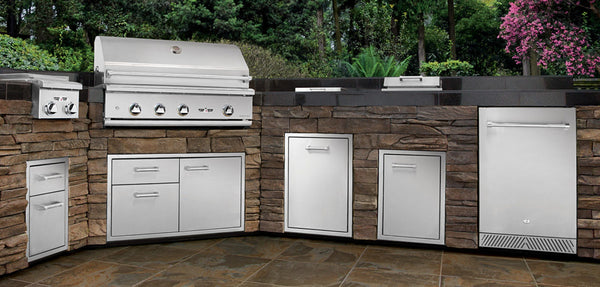Shutdown Gas Supply:
Ensuring safety is paramount. Before undertaking any maintenance on your fire feature, it is essential to turn off both the gas supply and power sources. For gas fire pits, switch off the gas supply at the shutoff valve along the gas line or by using a key valve for certain designs. In the case of Electronic Ignition models, cut off the power source through the installed wall switch or circuit breaker.
Clean Burner and Components:
Eliminate any debris, leaves, or flammable materials that may have gathered in and around the burner, pan, and fire pit. Operating the unit with debris present can potentially damage critical pilot components. Use a soft brush or wire to clean components, ensuring that burner ports remain unobstructed. This is also an opportune time to clean the media—remove it, clean gently with soapy water, and allow it to dry before placing it back in the pan. Adhering to a maintenance schedule ensures a vibrant flame height, natural pattern, and prolonged design lifespan.
Inspection and Cleaning of Ignition System:
For units with electronic ignition or push-button flame sensing, inspecting and cleaning the ignition system is crucial. Begin by removing the blowout box lid, checking for and removing any debris that may clog the pilot orifice. Clean the ignition system of accumulated dirt, spider webs, or debris using compressed air. Examine the thermocouple for damage or carbon buildup, cleaning it with a soft brush or cloth. If damaged, easily order a replacement. Inspect the igniter for any damage or wire issues. Once all components are confirmed in good condition, replace the blowout box lid and put the media back in the pan. Keep the lid and upper perforations of the blowout box free from media.
Gas Connection Inspection:
Visually inspect the gas connections for signs of wear, tear, or damage. Ensure all connections are securely tightened. If issues arise, it is advisable to consult a gas professional. Safety is prioritized, and repairs of gas line connections should be left to licensed professionals.
Ventilation and Drainage Check:
Ventilation and drainage are vital components of your fire feature. Ensure all ventilation openings are free of leaves and debris, allowing proper airflow. Keep drains clear, particularly during winter, to prevent built-up ice and debris that may impede water drainage, potentially causing flooding.
Removable Component Storage:
Remove and store any removable components, such as remote-control transmitters, wind guards, or decorative elements, indoors during winter to protect them from the elements. Utilize a cover when the unit is not in use for added protection.
Protective Cover Use:
Covering your fire feature is the most important maintenance step to protect and extend its lifespan. Whether using a vinyl or hard cover, keep it on during long periods of nonuse, especially in winter, to shield the unit from harsh weather conditions, preventing corrosion and extending its life.
Warmer Climate Considerations:
Even in milder climates, regular maintenance checks are important. Burn your unit regularly to eliminate moisture, keeping it in top shape.
Professional Inspection:
Consider scheduling an annual professional inspection by a qualified technician. This examination should cover gas components, connections, and overall functionality. For additional guidance on winter maintenance, refer to the manufacturer’s installation/maintenance instructions or contact certified technicians.
Proper winter maintenance is critical for the performance and longevity of gas-burning fire pits. Following this comprehensive guide ensures that your fire pit remains in excellent condition, providing warmth and enjoyment for years. Always refer to the manufacturer’s guidelines and consult with professionals if any issues or uncertainties arise during the maintenance process.
If you have questions or concerns, contact us at 1 888 688 3672.
To learn more about fire feature offerings, schedule an online or in-person meeting with one of our experts.





